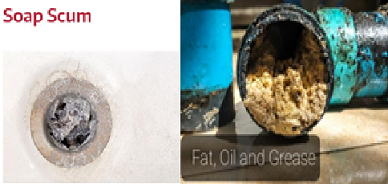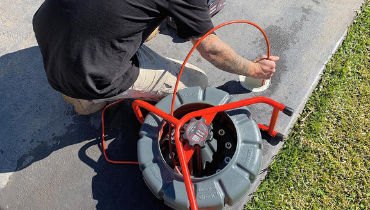If you have ever experienced a blocked drain, you know how inconvenient and unsanitary it can be. Even if you don’t have a completely blocked drain, slow draining can be a nuisance. Whether the issue is in your kitchen or bathroom sink, shower, or toilet, there are some simple steps you can take to unclog it without having to call a professional plumber. click here for more information on how to troubleshoot and fix your blocked drain.
Tools You’ll Need
Before you begin, you will likely need a few tools depending on your specific drain issue. Here’s a checklist of items that might come in handy during this project:
- Handheld plunger
- Bucket
- Drain snake/auger
- Gloves
- Safety goggles
The Plunger Method
One of the easiest methods for unclogging a drain is with a handheld plunger. This tool works by creating a vacuum seal which creates enough suction to dislodge the obstruction. You may want to start by pouring a bit of hot (not boiling) water down the drain as this will help to lubricate the passage way. Then, fill the sink or tub with a few inches of water- just enough to submerge the end of the plunger. Place the plunger over the drain and push up and down several times until you hear a gurgling sound (this indicates that the air is being forced through). After several attempts, the blockage should be cleared.
Using a Drain Snake/Auger
A drain snake, also known as an auger, is ideal for clearing out hair and other build-up that could be causing a clogged drain. Start by removing the drain cover (you may need to use a screwdriver to do this). Then, feed the snake slowly into the drain pipe, twisting it as it goes. You should feel resistance when you contact the obstruction. Keep pushing until you have removed the blockage. Once the obstruction has been cleared, slowly pull the snake back out. Put the drain cover back on and cautiously pour a few inches of water down the drain to ensure the blockage is fully cleared.
Preventative Measures
Once you have successfully unblocked your drain, you should consider taking preventative measures to ensure the problem does not recur. Avoiding certain substances such as cooking oil, grease, and food waste will go a long way in preventing future clogs. Also, consider investing in a drain strainer – these are designed to catch any debris while still allowing water to pass through. Lastly, pour a cup of baking soda down the drain once per month followed by a cup of vinegar. The combination of these ingredients will help to keep the drain pipes clear.
When to Call a Professional
In some cases, a DIY approach may not be sufficient. If you have tried all the methods mentioned above without success, it may be time to call a professional plumber. A qualified plumber can assess the situation and advise you on the best course of action. They may be able to perform more advanced methods such as hydro jetting and pipe relining that often require specialized equipment. Don’t hesitate to seek help when needed!

Do It Yourself Drain Repair
Unblocking your own drains may seem like a daunting task but with a little bit of knowledge and the right tools, it can be accomplished fairly quickly and easily. Your local hardware store has all the necessary supplies and if you get stuck, there are plenty of online resources with step-by-step instructions. Good luck and happy plumbing!

